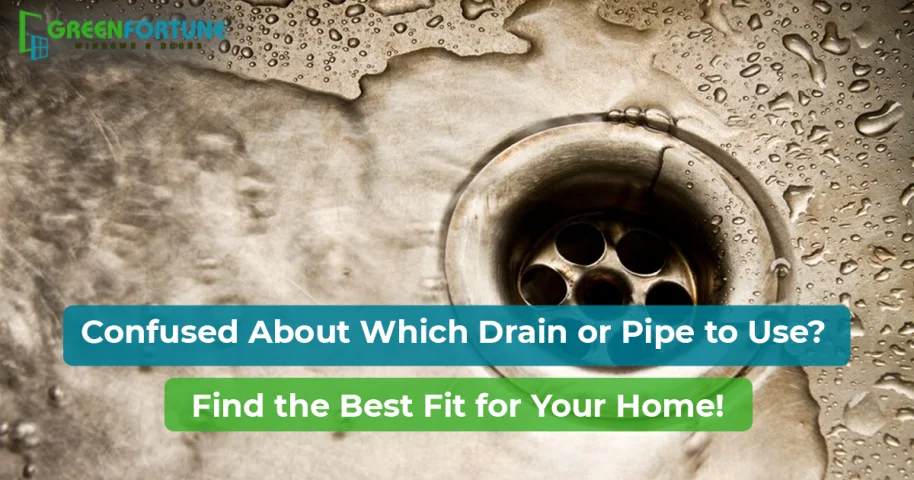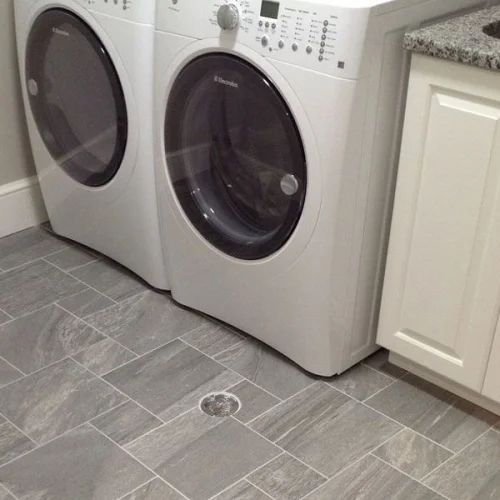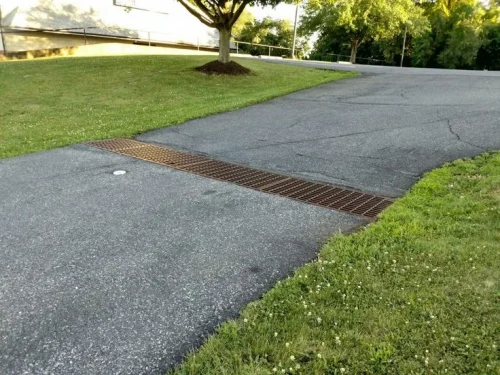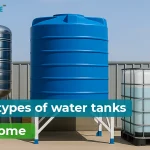
Water Tank On House: Choosing The Best Water Storage For Your Home
April 23, 2025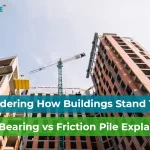
Understanding Pile Types: End Bearing Pile and Friction Pile for Construction
April 23, 2025A well-planned drainage system is like an unsung hero of your house. Whether it's a residential home or a commercial building, proper drainage ensures a safe, hygienic, and damage-free environment. Damaged pipes and drains lead to water accumulation, structural damage, soil erosion, mold growth, and even health hazards.
Importance of a Proper Drainage System
Drainage is not just about disposing of wastewater. It directs water away from critical areas to prevent flooding, preserve landscaping, and maintain structural integrity. A good drainage system:
- Pipes and drains protect the foundation of your house from water damage
- Prevents the basement of your building from flooding
- It also reduces soil erosion and landscaping issues
- It keeps indoor spaces dry and mold-free
- It enhances the longevity of your house.
Different Types of Drains
Different types of drainage systems are designed to cater to different needs. Here is the list of most common type of drains used in residential and commercial properties:
Surface Drains
Source: Pinterest
Surface drains help collect rainwater and runoff from gardens, driveways, and parking lots. They usually have grates on top, letting water flow down into underground pipes to prevent puddles and flooding.
French Drains
Source: Pinterest
A French drain is a simple but smart way to keep water away from your home. It’s a trench filled with gravel and a pipe with tiny holes that let water flow through. This setup helps guide groundwater away from basements and foundations, protecting them from leaks and damage.
Floor Drains
Source: Pinterest
Floor drains are often found in basements, laundry rooms, and commercial kitchens. They're there to stop water from pooling by quickly channeling spills and leaks into the drainage system.
Gutter and Downspout
Source: Pinterest
Gutter and Downspout Drains carry rainwater from the roof down to the ground, where it's then guided away from the building with the help of underground pipes.
Trench Drains
Source: Pinterest
Trench drains, also called channel drains, are long, narrow drains designed to quickly carry away surface water. They’re often found in driveways, patios, and commercial areas where effective drainage is a must.
Slope Drains
Source: Pinterest
Slope drains are built on slopes or hillsides. They help in carrying away the rainwater safely to the downhill and also prevent soil erosion and flooding.
Types of Drainage Pipes
Drains are important so as the pipes that carry water away. Here are the most commonly used drainage pipes types:
Types of Drainage Pipes | Uses of Drainage Pipes |
PVC Pipes |
|
Concrete Pipes |
|
HDPE Pipes |
|
Copper Pipes |
|
Corrugated Plastic Pipes |
|
Cast Iron Pipe |
|
Also Read: Best Waterproof for Cement Techniques to Protect Your Home from Dampness
How to Choose the Right Drainage Components
It is important to consult a civil engineer or a drainage specialist while selecting drainage components like pipes and drains. They can design a drainage system as per your site requirements.
Selecting the right type of pipes and drains depends on factors like:
- The area where they’re being used. If it's a big commercial space or a house.
- The flow of the water. If a lot of water flows through, you’ll need big and strong pipes.
- The budget of the project as some materials like copper and cast iron cost more than options like PVC or plastic.
- If the area gets more rainfall, then you'll need big and strong pipes and drains.
Also Read: How to Choose the Right Water Pipes for House Waterworks
Conclusion
A good drainage system is important for keeping your house safe and working. It helps in preventing water damage, keeps things clean, and supports the overall health of your house. Pipes and drains also play a big role in drainage systems.
Also, if you are building a new house then you should know about the different types of drainage systems and pipes and drains. If you choose the right ones it will make all the difference and with the right setup, you can protect your house for decades to come.
Also Read: How to Stop Water Leakage from the Wall
Green Fortune Doors and windows
Green Fortune offers stylish uPVC doors and windows, all while maintaining affordability. Our designs cater to diverse aesthetic preferences, ranging from the sleek modernity of sliding windows and doors, ideal for space-saving and maximizing natural light. For more details Click Here.
FAQs
Q1. How often should you check your drainage system?
A: It is important to inspect the drainage system at regular intervals. Ideally, you should check your drainage system once a year before the arrival of monsoon season. This helps in preventing flooding and clogging pipes and drains.
Q2. Which is the best pipe for underground drainage?
A: If you are looking for the best underground drainage pipes then PVC and HDPE pipes should be your top picks. These pipes are strong, long-lasting, and won’t rust or break down easily.
Q3: What are the causes of drainage system failure?
A: There are multiple causes of drainage system failure including poor design, blockages in pipes and drains, and using the wrong type of pipe for the soil or load conditions.







